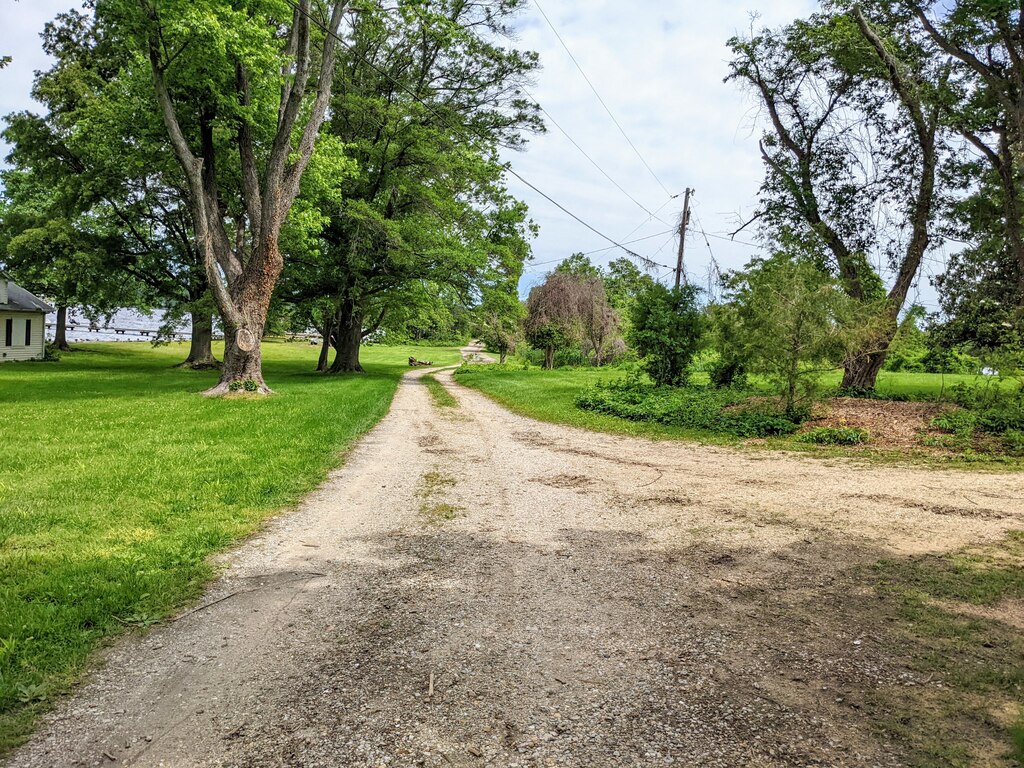Maryland is on a path to gain control of almost 300 acres on the Chesapeake Bay just outside Annapolis, a potentially huge victory for increasing public access to the bay.
The Chesapeake Bay Foundation announced Tuesday that it would turn over Holly Beach Farm to the state Department of Natural Resources roughly 20 years after the state helped pay for the purchase of the one-time horse farm from its private owner.
And most importantly, the state will begin the process of opening it for wide public use.
“Yes. It has to be open to the public,” said Paul Peditto, assistant secretary of land resources at the DNR. “But to be very clear, it won’t be Sandy Point State Park. We are going to take our time in a very measured way, respecting the relationship with the neighbors on the peninsula ... and develop a plan that includes the required public access while avoiding impacting those natural resources of the site.”
I’ve been writing about Holly Beach Farm for 18 months, first as an independent newsletter publisher and then as a columnist for The Baltimore Banner. This is a garden of marshes, coves and coastal woodlands that provides sweeping views that include the bridge.
Only 2% of the waterfront along the Chesapeake Bay is open to the public, making the addition of a spot like this — so close to the state capital, major highways and an existing state park — significant. Even the idea has prompted suggestions for ferry connections to downtown Annapolis.
“What makes that place really unique is this pretty rare connection between the tidal phasing of the bay and the creeks on the other side, Whitehall [Bay] and all the uniqueness of the soil,” Peditto said. “Tossed in the middle of that is a really rare thing, not just for Anne Arundel County — a freshwater pond.”
In 2001, longtime foundation President Will Baker acquired the land from the descendants of S.W. Labrot. A Louisiana business owner, Labrot bought it as part of 3,000 acres in 1907, first for a summer home and dairy farm and then Maryland’s largest thoroughbred farm.
The Conservation Fund, a nonprofit that works to preserve sensitive land, financed the $7.5 million purchase in partnership with the state and federal government.
Those funds came with an obligation to open the farm to the public. The foundation, however, limited access to an estimated 100 teachers and students each year. The foundation always maintained that limit met the conditions and protected the land from overuse.
Pressure for change has been building for some time, partially because of limited public access to the Chesapeake and partially because of public funding involved in buying it. In 2020, Lt. Gov. Boyd Rutherford mentioned concerns about the spot during a Board of Public Works meeting.
“While we have done everything we can to reforest the agricultural lands, restore the eroding shorelines, and educate the next generation at the site, our expertise lies outside long-term management of conserved lands and it is time for a new steward,” Foundation President Hilary Harp Falk said in a prepared statement. “This incredible jewel on the shores of the bay has so much more to give.”
In 2021, the DNR, under then-secretary Jeannie H. Riccio, found that despite her agency’s previous assessments, the foundation hadn’t met the terms of the original agreement, including an education center and links to Sandy Point State Park across Route 50 to the north of the Bay Bridge.
In October, the foundation announced it would seek a new steward for the farmland, with plans to turn it over without compensation.
A spokesperson for the foundation said Tuesday that it never violated the terms of the DNR easement on the property. She released a November letter from Shawn Clotworthy, easement coordinator for the DNR, in which he wrote that the land was being managed in accordance with the agreement.
But Clotworthy also advised the foundation to show the easement to any potential new owner, who would need to abide by its terms.

The foundation declined to reveal who had submitted proposals, except to say Holly Beach Farm drew widespread interest. Falk, in announcing the transfer, pointed to the DNR’s experience and its status overseeing the easement.
“We are the principal manager of all the public lands in the state of Maryland,” Peditto said. “It’s a primary responsibility for us. We have staff that is expert in that role, and we take seriously that responsibility. We feel it would be hard for anyone to compete with us.”
The prospect of opening the farm to more visitors has upset residents of nearby communities, such as Cape St. Claire, who already feel trapped by traffic on the Bay Bridge that sometimes clogs Route 50 for miles, and summer visitors to Sandy Point, one of the state’s most popular parks.
“Holly Beach Farm has the potential of being a great educational resource for the next generation,” County Councilwoman Amanda Fielder, who represents the area, wrote in an email. “Its conservation is incredibly important. I’m happy to hear that there’s intent to include nearby residents as the plan for use is developed. I hope DNR will keep this type of relationship ongoing in perpetuity.”
Peditto, who has known the land since before he came to the DNR, said the agency would be transparent about its plans and will work with immediate neighbors and residents of surrounding communities.
The DNR will take possession of the land after approval by the Maryland Board of Public Works, which is led by Gov. Wes Moore.
“Honestly, we’re really stoked about this,” Peditto said. “It’s kind of come full circle.”





Comments
Welcome to The Banner's subscriber-only commenting community. Please review our community guidelines.